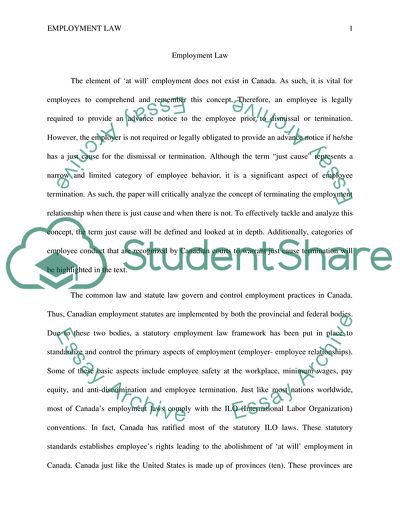Cite this document
(Employment Law Research Paper Example | Topics and Well Written Essays - 2000 words - 1, n.d.)
Employment Law Research Paper Example | Topics and Well Written Essays - 2000 words - 1. https://studentshare.org/law/1861052-employment-law
Employment Law Research Paper Example | Topics and Well Written Essays - 2000 words - 1. https://studentshare.org/law/1861052-employment-law
(Employment Law Research Paper Example | Topics and Well Written Essays - 2000 Words - 1)
Employment Law Research Paper Example | Topics and Well Written Essays - 2000 Words - 1. https://studentshare.org/law/1861052-employment-law.
Employment Law Research Paper Example | Topics and Well Written Essays - 2000 Words - 1. https://studentshare.org/law/1861052-employment-law.
“Employment Law Research Paper Example | Topics and Well Written Essays - 2000 Words - 1”. https://studentshare.org/law/1861052-employment-law.


